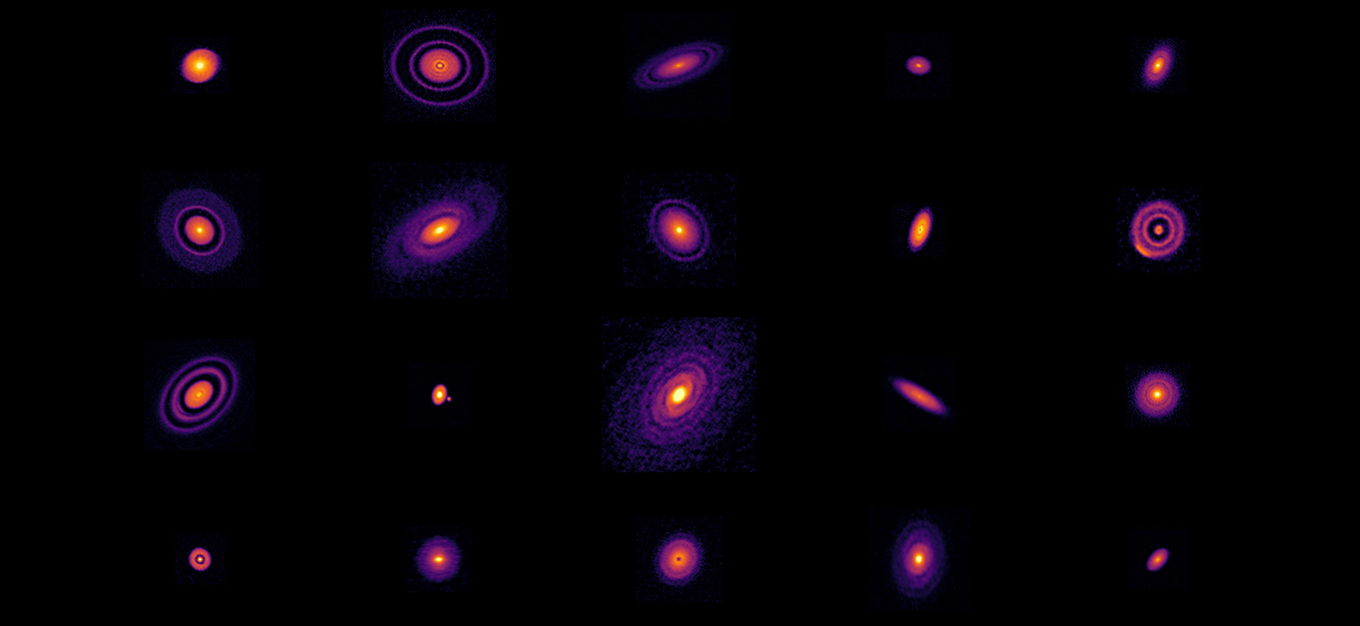Are stars Alive?
While watching an episode of Startalk, hosted by the one and only Neil DeGrasse Tyson, he made the very compelling and interesting point that changed the way I think about our universe. His argument was that stars fit many of the qualifications of Earth-based life; they grow, excrete, metabolize (nuclear fusion), move, respond to the environment (gravitational interactions), and, most interestingly, reproduce. This begs the question: how do we know that stars can’t have emergent sentience like you or I? Truth is, we don’t.
The Startalk episode led me to another video created by Anton Petrov, an astronomy nerd who’s great at keeping normal people like me updated on recent scientific discoveries. Here, he combines information from a lot of different studies conducted by the James Webb Space Telescope that expanded our current understanding of how stars and planets are formed, generating even greater reason to believe that stars have tremendous secrets.
How are Stars Born?
To help you understand these discoveries, we should first visit a stars’ breeding ground, the vast and numerous clouds of gas and dust that give birth to new stars. The process goes something like this: Gas clouds roam the galaxy, minding their own business until some sort of stimulus occurs. Whether a nearby supernova or a density wave moving through the galaxy, this stimulus causes compression of particles in the cloud, causing them to have greater density. As the density increases, the gravity increases as well, thus attracting more particles and, eventually, creating heaps of matter so massive that nuclear fusion begins in their cores. What’s really astonishing to me is that millions of these baby stars can emerge at the same time from the same cloud of dust. These “Star Nurseries” are beautiful to behold and you’ve probably seen them already in various popular images.
Once stars are fully formed and stop gaining mass from the material around them, the remaining gas and dust begins to orbit the young star as a “planetary disk” that eventually forms into the planets of a solar system. What the JWST unveiled is that almost every single one of these planetary disks is weirdly unique, with its own shape and behavior. As seen in the figure below, these 20 stars all have completely different structural qualities, which can’t be described by gravity alone.

How did life’s ingredients get here?
A completely separate study revealed that ice, found in many of these dust clouds, comes from the outside of a planetary disk and moves towards the center, eventually melting into water vapor when it gets too close to the sun. Occasionally, however, particles nearer to the sun can shield radiation and allow water and ice to get closer into the disk. This process is most likely responsible for the water on Earth, and also why it’s rare to find planets with water within the habitable zone of a star. This contradicts our previous theory that Earth got most of its water from asteroids and other objects after its formation rather than having H2O from the start.
Lastly, we learned that the organic molecules that compose life come from star outbursts like solar flares. When this happens in a star system’s early period, the heat waves melt certain particles from the disk into minerals, crystals, and other molecules essential for organic chemistry. With each outburst, the complexity increases, and when the dust eventually forms into terrestrial planets, they’re full of complex organic material. This, too, is most likely what happened with Earth and is the reason why we’re here. Life on Earth was baked in the sun’s oven.
Putting Together the Pieces
While all of this information is so recent, it’s clear that there’s a lot we don’t know, even about the star we wake up to every morning. Whether the sun is actually “alive” or not, hopefully this post has sparked your imagination on how our star came to be and the crucial part it plays in our creation story.
Stay curious,
~Asim